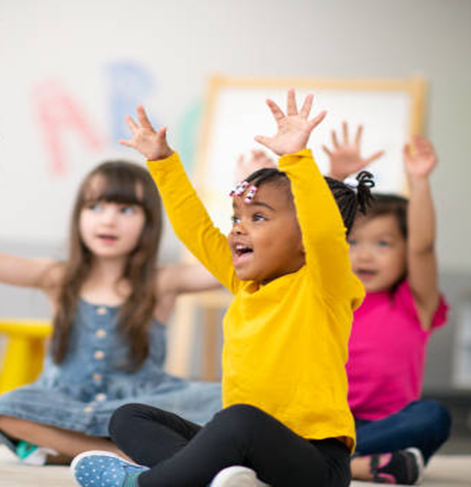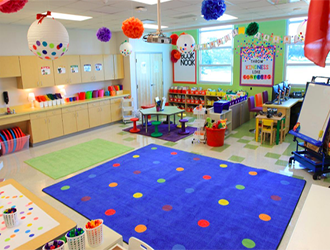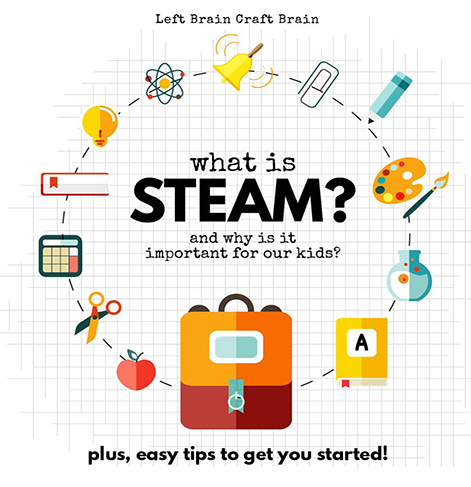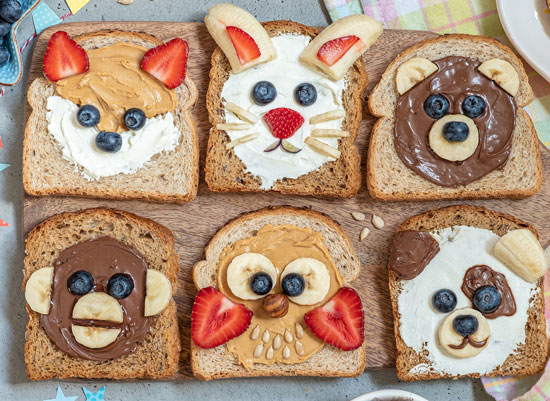
Cloud Nest Daycare seeks to provide a fun, loving, safe, and warm learning environment for your child. We want them to be as comfortable as possible because we believe that they learn best when they are comfortable and are having fun.
We understand that no two children are the same—this is something that we recognize at Cloud Nest Daycare. This is why we do our best to tailor our curriculum and programs so that we can meet the unique needs of each child at every learning stage. If you wish to learn more about our institution, please don’t hesitate to give us a call.
Contact Us
- Apartment 103, Ist Floor, Block A, Abhu Dhabhi Tower F11 Markaz
- enquiry@cloudnestdaycare.com
- 0333 9277221



